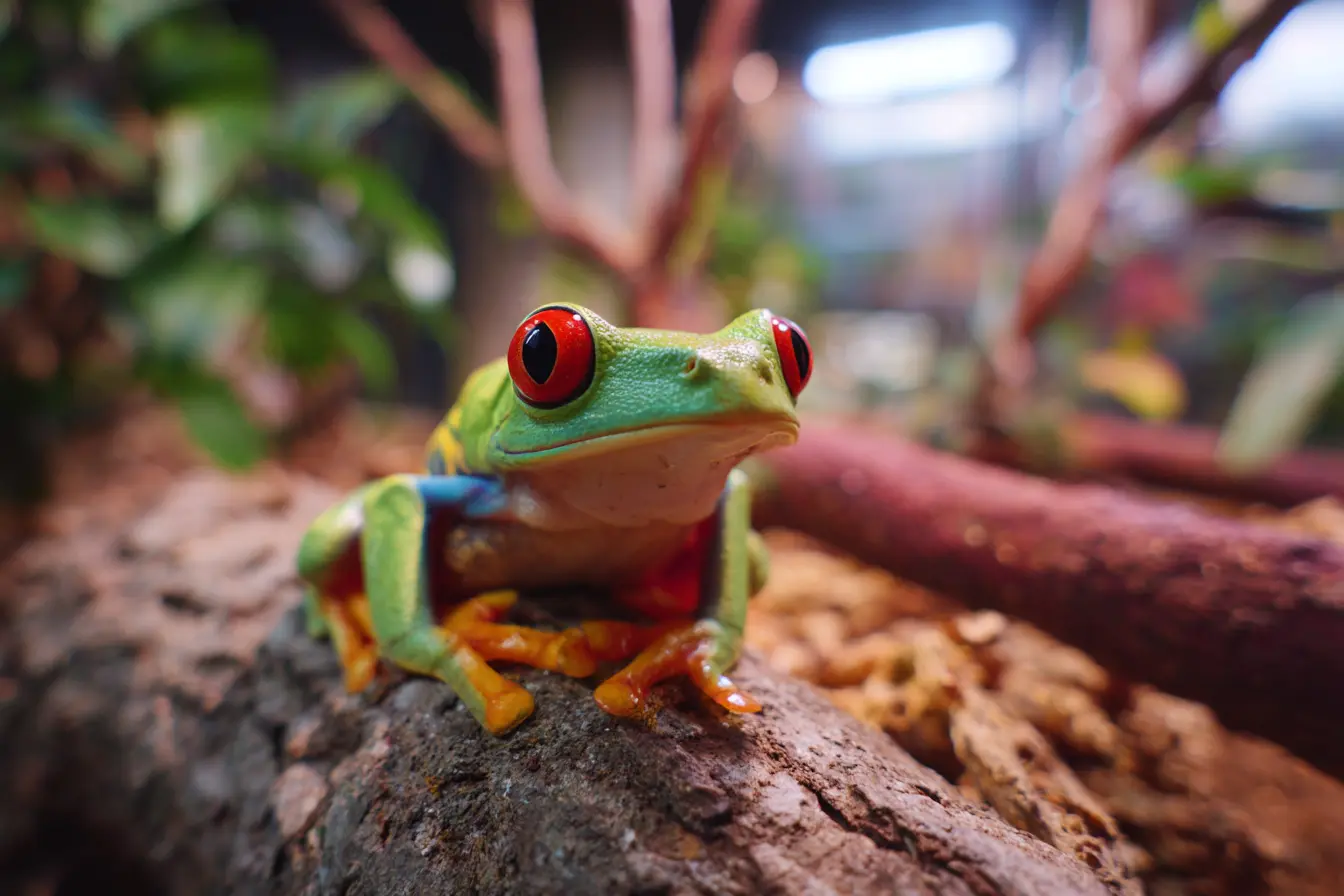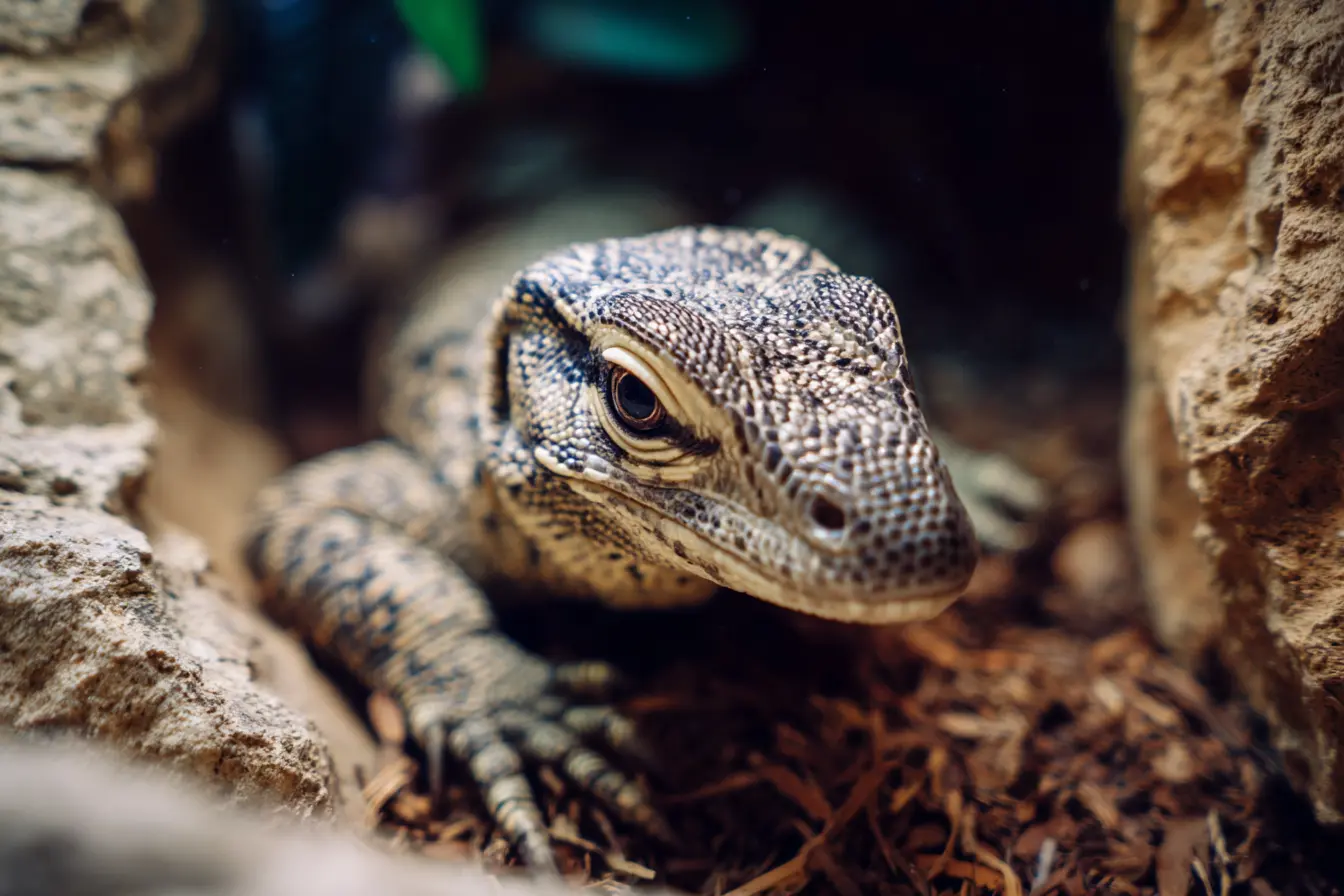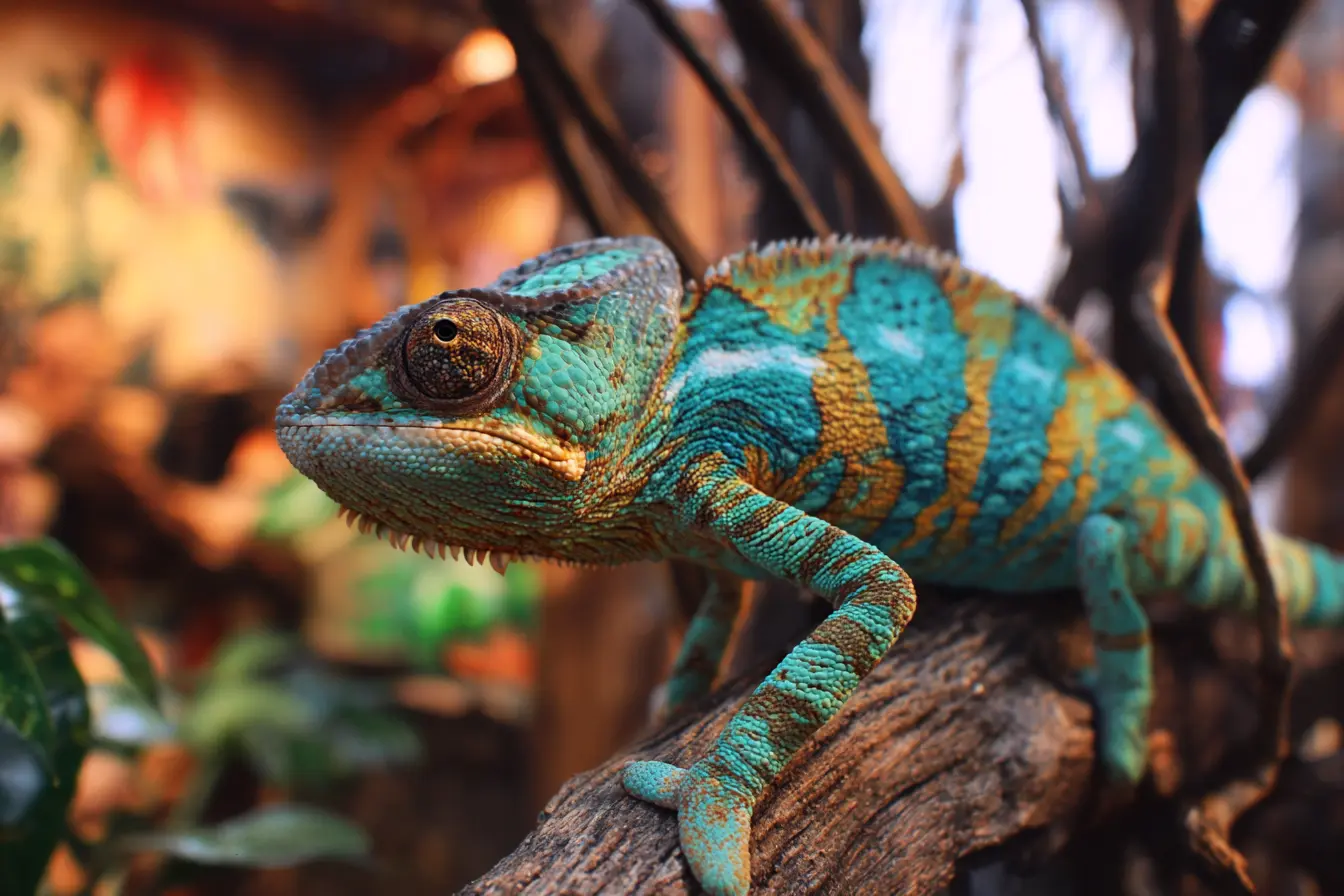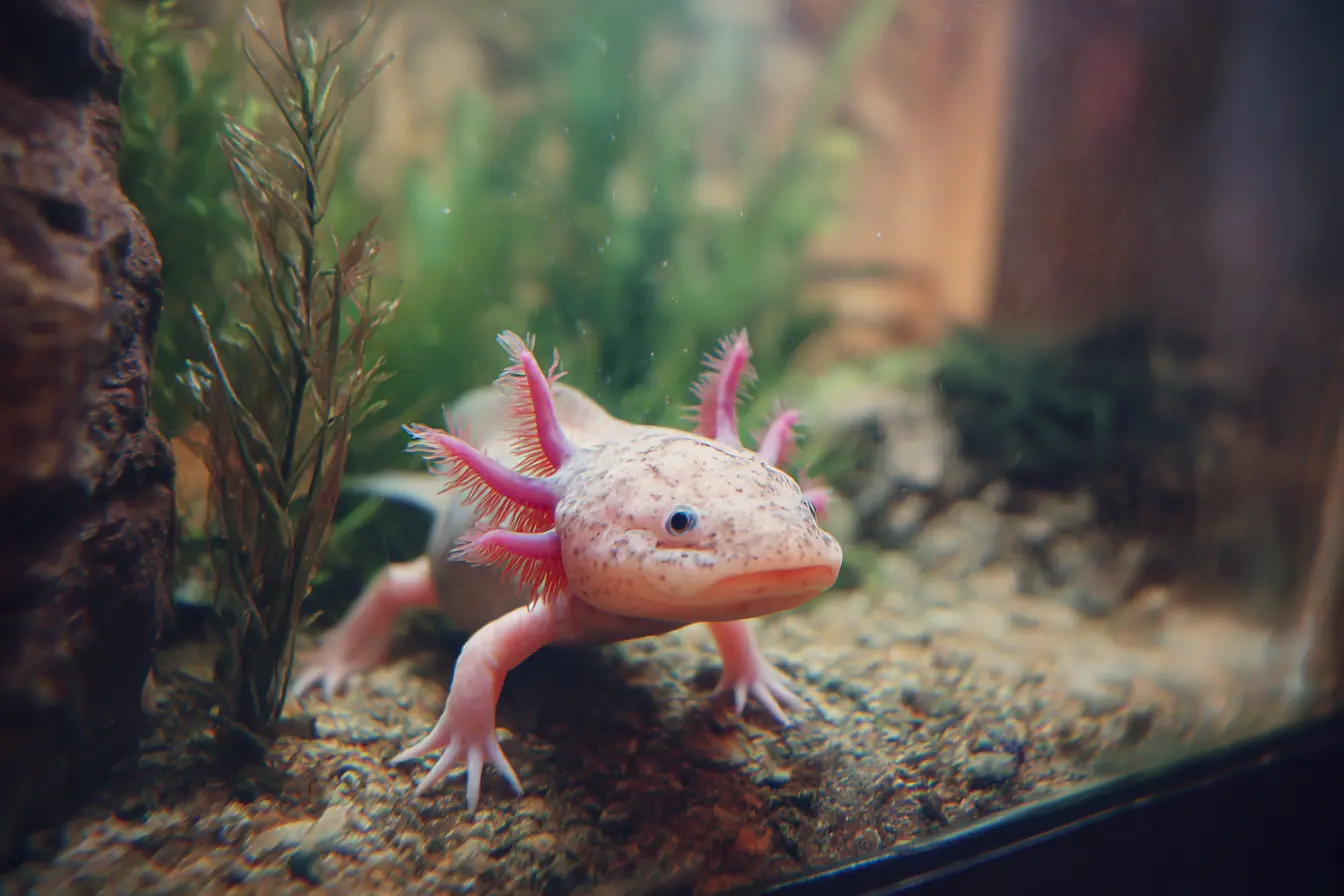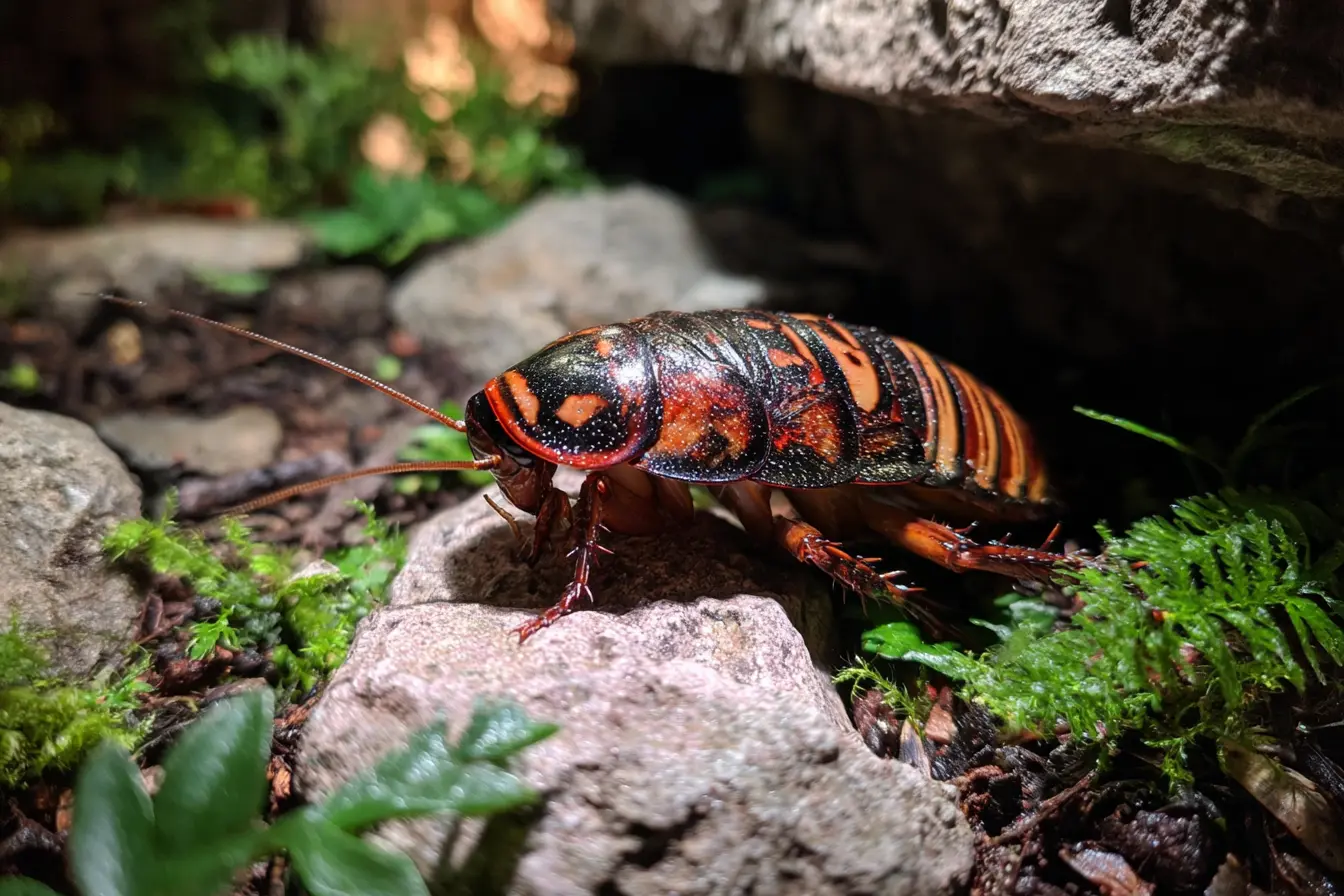
The Ultimate Guide to Keeping the Giant Cave Roach as a Pet
The giant cave roach (Blaberus giganteus) is one of the largest cockroach species in the world and a surprisingly fascinating creature to keep in captivity. Despite the stigma surrounding cockroaches, these insects are clean, non-invasive, and highly manageable pets for insect enthusiasts. In this guide, we’ll explore everything you need to know to keep Blaberus giganteus healthy and thriving in your home.
What is a Giant Cave Roach?
The giant cave roach is a species of tropical cockroach native to Central and South America. It is commonly found in warm, humid environments like rainforests and caves—hence the name. They are part of the Blaberidae family, which includes many large, winged but non-flying roaches popular in the exotic pet hobby.
Key Features:
- Size: Adults reach up to 10 cm (4 inches) in length
- Lifespan: 1.5 to 2.5 years on average
- Temperament: Docile, non-aggressive, and relatively slow-moving
- Appearance: Dark brown or tan with large, flat bodies and long wings
- Defensive Traits: Odourless, non-biting, and non-flying (though they may glide)
Enclosure Setup
Tank Size
A single adult or small colony can be housed in a 20–40 litre plastic or glass enclosure. Height is not essential since they rarely climb high, but a secure lid is vital to prevent escape.
Ventilation
Moderate ventilation is required to prevent mould build-up but retain humidity. Drill small air holes in plastic containers or use mesh-covered vents for glass terrariums.
Substrate
Use a deep, moisture-retaining substrate to support humidity and natural burrowing:
- Coconut fibre (coir)
- Organic, pesticide-free topsoil
- Sphagnum moss
Aim for a depth of at least 5–10 cm to allow natural digging behaviour.
Temperature and Humidity
Giant cave roaches are tropical and need a warm, humid environment to thrive.
- Temperature: 26–30°C (78–86°F)
- Humidity: 70–90%
Use a heat mat or ceramic heater if room temperatures drop below 24°C. Mist the enclosure lightly every few days to maintain humidity.
Hides and Decor
Provide ample hiding spaces to reduce stress:
- Cork bark slabs
- Egg cartons (a favourite in breeding setups)
- Coconut shells
- Leaf litter
Roaches prefer darkness and will spend most of the day hiding.
Diet and Feeding
Giant cave roaches are omnivorous scavengers. Their diet should consist of a mix of fruit, vegetables, and protein sources.
Vegetables:
- Carrot
- Sweet potato
- Courgette
- Kale
- Squash
Fruits:
- Apple
- Banana
- Melon
- Mango
Protein:
- Fish flakes
- Dry cat food (in moderation)
- Cooked egg (rarely)
- High-protein insect food
Feed 2–3 times per week, removing uneaten fresh food after 24 hours to prevent mould. Dry food can be left in longer.
Water
Provide water through:
- A shallow dish with cotton wool or sponge (to prevent drowning)
- Fresh fruit and misting (helps with hydration)
Avoid open water dishes unless escape-proof for small nymphs.
Handling and Temperament
Giant cave roaches are:
- Gentle and non-defensive
- Easy to handle, though some may scurry when disturbed
- Best handled over a soft surface in case of gliding
Wash your hands before and after handling, and avoid rough or frequent interactions during moulting phases.
Breeding and Reproduction
These cockroaches breed readily in optimal conditions, often forming self-sustaining colonies.
Reproduction:
- They are ovoviviparous: females carry egg cases (oothecae) internally
- Gestation lasts around 2 months
- Nymphs are born live and resemble small, pale adults
- Nymphs take 6–12 months to mature depending on temperature and diet
Colony Tips:
- Keep groups of at least 6–10 individuals
- Provide stacked hides for increased surface area
- Avoid overcrowding to reduce stress and competition
Cleaning and Maintenance
Giant cave roaches are relatively clean, producing very little smell when properly maintained.
Maintenance Routine:
- Daily: Remove old food and check humidity
- Weekly: Spot clean droppings and mould
- Monthly: Replace substrate if needed and deep clean enclosure
Use only warm water and avoid chemical cleaners when maintaining the habitat.
Health and Common Issues
These insects are hardy, but poor husbandry can lead to problems.
Watch for:
- Dehydration: Lethargy or shrivelled appearance
- Failed moults: Caused by low humidity or overcrowding
- Mites or mould: From poor hygiene or excess moisture
- Low activity: May indicate temperature is too low
Always maintain proper warmth, humidity, and cleanliness.
Pros and Cons of Keeping Giant Cave Roaches
Pros:
- Low maintenance and hardy
- Fascinating to observe
- Odourless and non-invasive
- Educational and suitable for insect lovers
- Can be housed in groups or colonies
Cons:
- Not everyone finds them appealing
- Require consistent humidity and warmth
- Shorter lifespan than some other invertebrates
- May glide or escape if not securely housed
Final Thoughts
The giant cave roach is an ideal invertebrate pet for enthusiasts seeking something low-maintenance yet fascinating. With their prehistoric appearance, docile nature, and straightforward care requirements, they make an excellent introduction to the world of exotic insects.
Whether you're a seasoned bug keeper or simply curious about arthropods, Blaberus giganteus offers a rewarding and unique experience—without the drama often associated with their name.
Prepare their habitat well, keep their conditions stable, and you’ll be surprised at just how charming and captivating a cockroach can be.
Vets near you
Speciality vets
- Aquatics vet specialists
- Birds vet specialists
- Camelids vet specialists
- Cats vet specialists
- Cattle vet specialists
- Deer vet specialists
- Dogs vet specialists
- Equines vet specialists
- Exotic vet specialists
- Goats vet specialists
- Pigs vet specialists
- Poultry vet specialists
- Sheep vet specialists
- Small Mammals vet specialists
- Wild vet specialists
